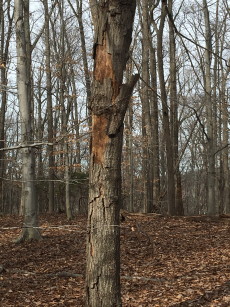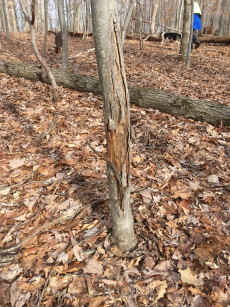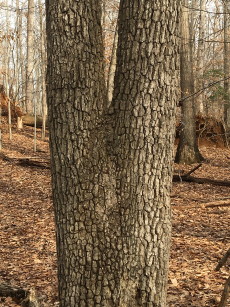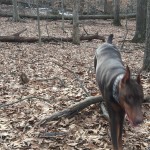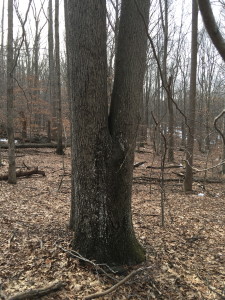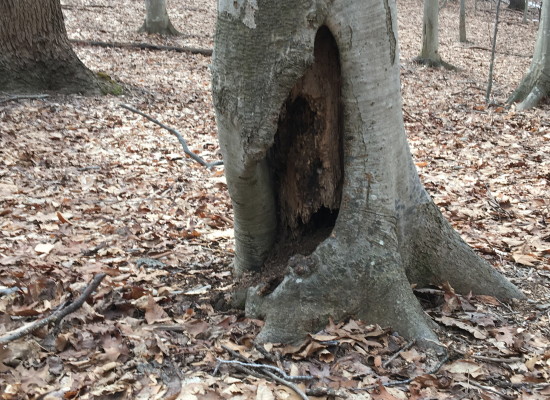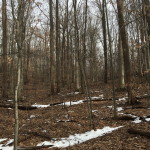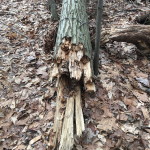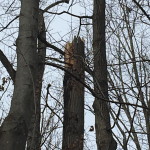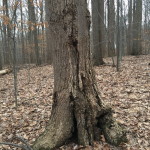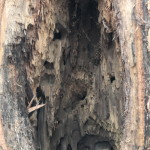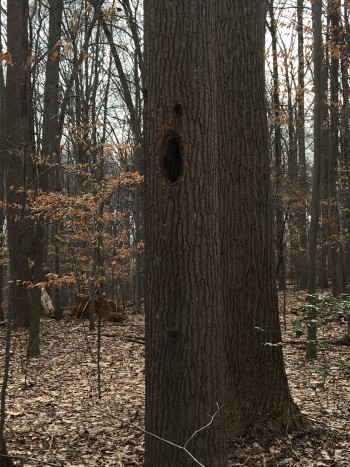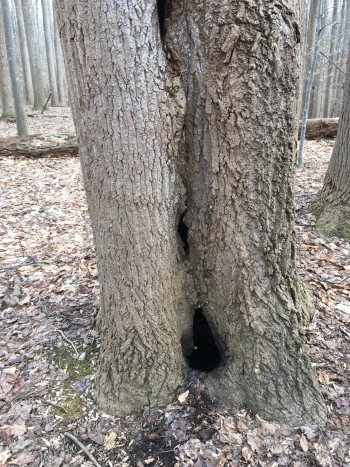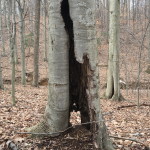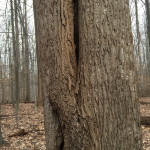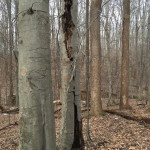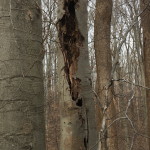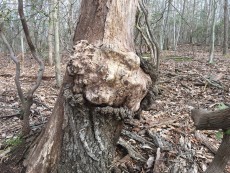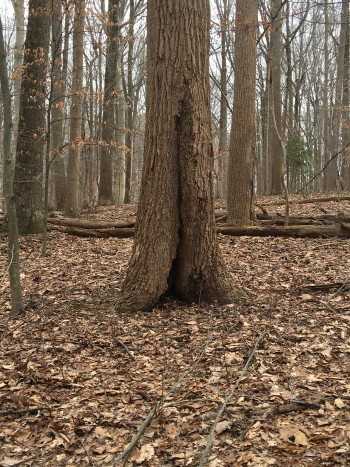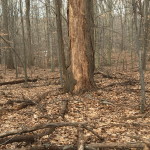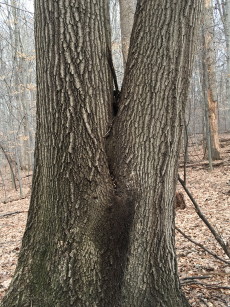How do trunk wounds affect my tree?
We consistently get questions regarding flaws in tree trunks and their safety. Highly simplified, the bark protects the cambium layer. This layer is the tree’s vascular system and is the pathway for movement of water and other nutrients. When wounds penetrate through the bark and into the cambium, then the tree has sustained some potentially threatening damage. If possible after a wound occurs, the loose bark should be removed carefully to allow the tree to heal the wound naturally. Petroleum based paints, concrete, and other fillers and protectants are not necessary. In fact, they can prevent the normal wound healing process and allow water and pathogens in but not out. This creates a perfect environment for decay and rot to flourish and possibly enter the heartwood. Trees have survived because they compartmentalize the tissue around the wound by forming special wood that physically and chemically repels invasion plus they create a callus collar to isolate the infected area. It is not suggested to clean decay from a wound because it could disrupt the normal healing process. (continued below)
Of course, the size and degree (depth) of the wound are always a major issue when assessing safety and health of wounded trees. Here are some signs to look for when assessing the potential extent of damage of a trunk wound.
Obvious Problems
The structural integrity of the tree is clearly compromised. Leaning, twisting, large gaping wounds and large areas of rot are never good. The height of the wound and branch structure should always be taken into consideration.
There is a structure or play area within striking distance if the tree or parts of it fall.
Less Obvious Problems
There is fungus, mold, or signs of carpenter ants. This could indicate internal rot and decay.
Large dead branches can indicate that nutrients are not flowing up the tree to feed the upper foliage.
Cracks near or originating from the wound that are not just superficial in the bark, but extend into the tree’s tissue. This is sometimes seen when lightning strikes a tree and peels a strip of bark away as it travels to the ground. Many times the tree also cracks do to the sheer power of the electric force.
The surrounding trees and structures to offer protection from weather. The trees in the photos above are all in the woods. The surrounding trees offer some protection. If these trees were singles or in a more open area, they may not have still been standing and all would require assessment by a tree care professional.
What to do?
From our 39 years of experience, if the homeowner suspects there is a problem, then there is usually a problem! More subtle problems need to be evaluated by a tree care professional.
References:
https://puyallup.wsu.edu/wp-content/uploads/sites/403/2015/03/wound-sealer.pdf
https://extension.tennessee.edu/publications/Documents/SP683.pdf
